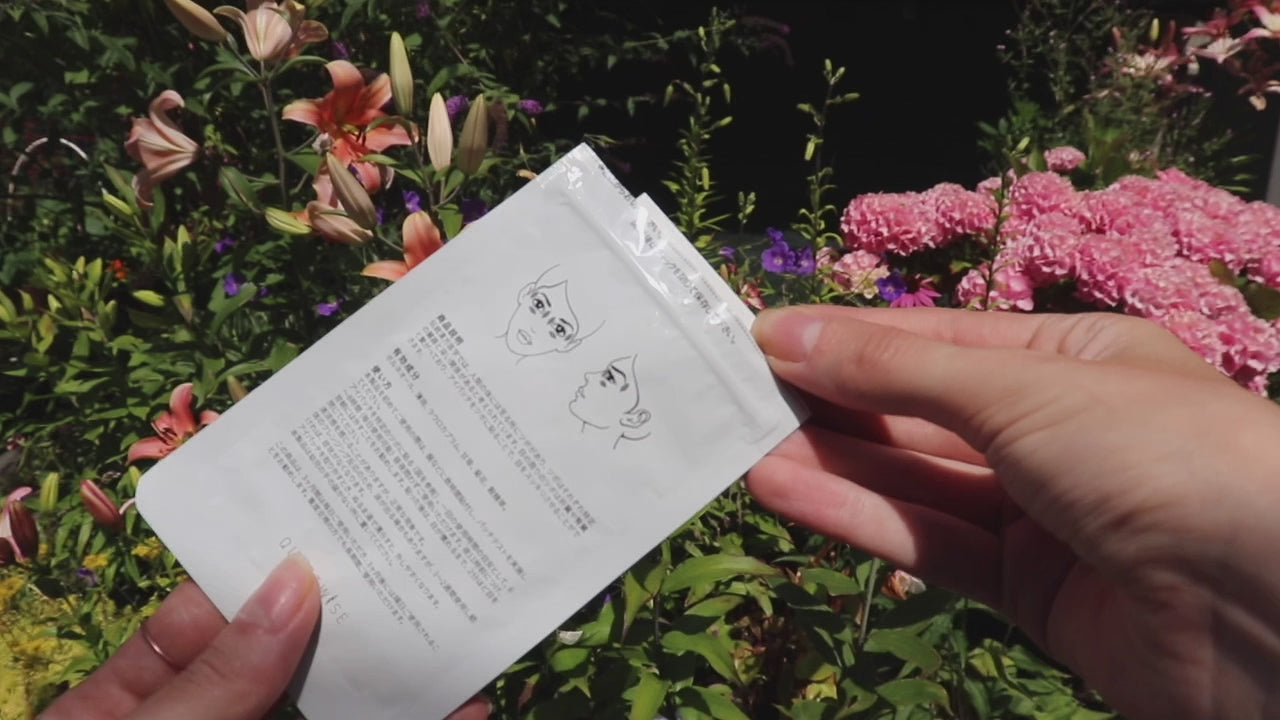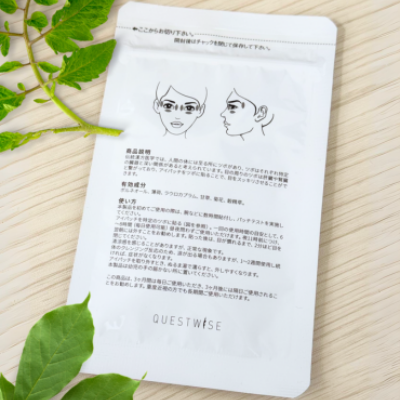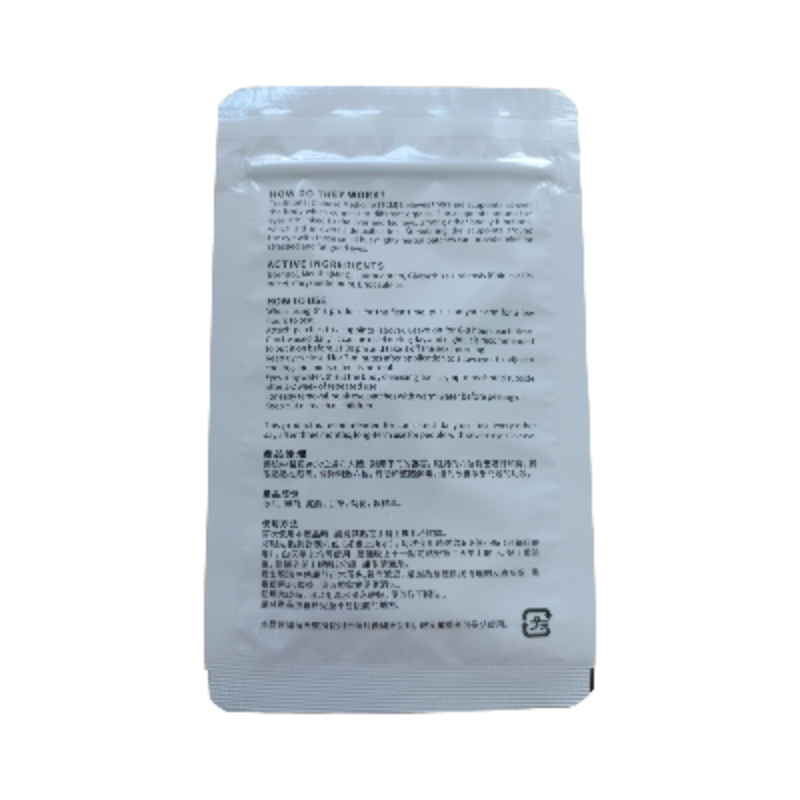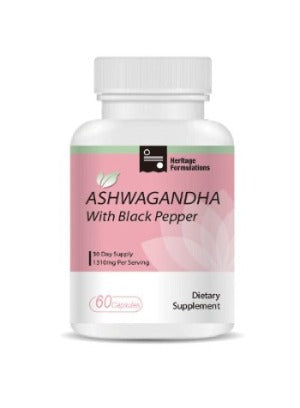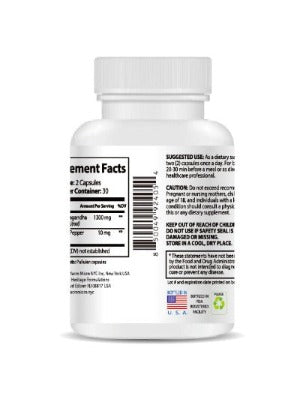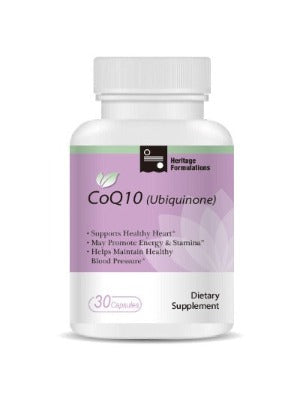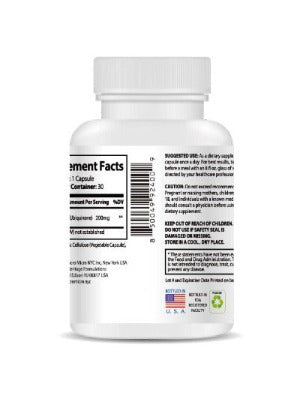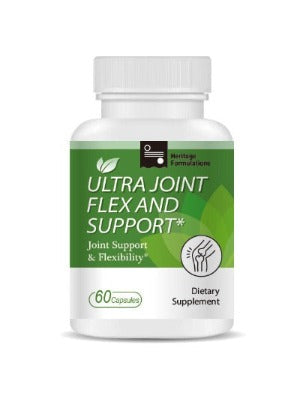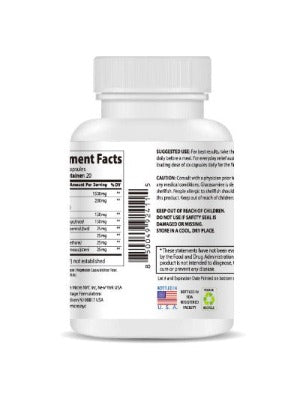Understanding High Eye Pressure and Its Impact on Eye Health
High eye pressure, also known as ocular hypertension, is a condition where the fluid pressure inside your eyes is abnormally elevated. While not all individuals with high eye pressure develop glaucoma, it's a significant risk factor. Glaucoma, a leading cause of irreversible vision loss and blindness, progressively damages the optic nerve, leading to gradual deterioration of vision. In 2025, ongoing research continues to delve deeper into the complexities of this condition, underscoring the critical importance of early detection, proactive management, and a comprehensive understanding of its multifaceted nature. The silent nature of high eye pressure makes early detection crucial, highlighting the need for regular comprehensive eye exams.
The Latest Research: Unraveling the Mysteries of High Eye Pressure
Recent studies have significantly advanced our understanding of the factors contributing to the development of high eye pressure. Researchers are exploring the intricate interplay of genetic predisposition, age-related physiological changes, and lifestyle choices. Genetic studies are identifying specific genes linked to increased susceptibility, paving the way for personalized risk assessment and preventative strategies. This personalized approach is revolutionizing how we understand and manage high eye pressure, moving away from a one-size-fits-all approach towards targeted interventions. The identification of these genes allows for earlier identification of those at higher risk, enabling proactive strategies to mitigate the risk of developing high eye pressure.
Age, a known risk factor, is being examined in detail to understand the mechanisms driving increased eye pressure with advancing years. Studies are investigating the age-related changes in the drainage system of the eye, focusing on the intricate processes that regulate fluid outflow. This research aims to develop targeted therapies to improve the drainage system's function, thereby reducing intraocular pressure. Understanding the physiological changes associated with aging allows for the development of age-specific preventative measures and treatment strategies. This research is vital in addressing the increasing prevalence of high eye pressure in the aging population.
Lifestyle factors, such as diet, exercise, and exposure to environmental stressors, are also under intense scrutiny, with studies evaluating their impact on intraocular pressure regulation. Research is exploring the role of nutrition in maintaining healthy eye pressure. Studies are investigating the effects of specific nutrients and antioxidants on intraocular pressure, exploring their potential preventative and therapeutic roles. The link between physical activity and eye health is also being examined, with research exploring the impact of exercise on blood flow and overall ocular health. In addition, the effects of environmental factors, including exposure to UV radiation, air pollution, and blue light emitted from digital devices, are under investigation to determine their contribution to the development of high eye pressure.
Emerging research is focusing on innovative diagnostic tools and techniques for earlier and more precise detection. Advanced imaging technologies, coupled with sophisticated analytical methods, are helping to identify subtle changes in the optic nerve and retinal structures, potentially indicating early stages of glaucoma even before significant vision loss occurs. This early detection enables timely intervention and significantly improves the chances of preserving vision. The development of novel therapeutic approaches, including targeted drug therapies and minimally invasive surgical techniques, is another significant area of research. These advancements promise more effective management and prevention of glaucoma progression, leading to improved patient outcomes. These minimally invasive surgical techniques are designed to minimize complications and recovery time, offering patients a less disruptive treatment experience.
Protecting Your Vision: Lifestyle Choices and Proactive Management
Beyond the advancements in medical research, proactive self-care plays a pivotal role in maintaining eye health and managing the risks associated with high eye pressure. Regular exercise, a balanced diet rich in antioxidants and essential nutrients, and sufficient sleep are crucial in supporting overall well-being and ocular health. Furthermore, limiting exposure to harmful environmental factors such as excessive sunlight and air pollution can help protect the eyes from damage. These lifestyle modifications can play a significant role in preventing the development of high eye pressure and maintaining optimal eye health throughout life.
For those experiencing eye strain, dryness, or discomfort, incorporating soothing treatments into your daily routine can make a noticeable difference. The Wise Quest Soothing Eye Patches - 1-Month Care Pack provides a gentle yet effective way to alleviate these symptoms. These patches, formulated with traditional Chinese herbal medicine, work to relieve eye fatigue, dryness, astringency, redness, and swelling often caused by prolonged screen time or environmental factors. By promoting healthy blood circulation around the eyes, they contribute to improved comfort and reduced discomfort. This soothing relief can be particularly beneficial for individuals who spend many hours in front of computer screens or digital devices, contributing to a more comfortable and productive workday. Using these eye patches as part of your daily self-care routine can support overall eye health and well-being.

Regular comprehensive eye examinations are paramount in monitoring intraocular pressure and detecting any potential issues early. Your ophthalmologist can perform thorough assessments, including measuring intraocular pressure, examining the optic nerve, and evaluating the overall health of your eyes. Early detection is key to preventing irreversible vision loss. They can also discuss potential risk factors and offer personalized advice for managing your eye health. Regular eye exams are an integral part of proactive eye care, enabling early detection and prompt intervention.
Key Takeaways: Prioritizing Eye Health and Well-being
- Regular eye exams are indispensable for early detection of high eye pressure and glaucoma. Scheduling regular checkups with your ophthalmologist is critical in maintaining optimal eye health and preventing vision loss.
- Maintaining a healthy lifestyle—diet, exercise, sleep, and stress management—contributes significantly to overall eye health. Adopting a holistic approach to wellness, encompassing both physical and mental health, is essential in supporting overall eye well-being.
- The Wise Quest Soothing Eye Patches - 1-Month Care Pack offers soothing relief for eye discomfort, particularly eye strain and dryness, but should not replace professional medical care. These patches provide temporary relief but do not treat underlying medical conditions.
- Early intervention is critical in effectively managing high eye pressure and preserving vision. Early detection and prompt treatment are crucial in preventing vision loss and improving patient outcomes.
- Staying informed about the latest research and advancements in eye care is crucial in making informed decisions about your eye health. Staying updated on the latest research and technological advancements allows you to make informed decisions about your eye care.
Frequently Asked Questions (FAQs)
Q: What are the common symptoms of high eye pressure?
A: In the early stages, high eye pressure often presents with no noticeable symptoms. Regular eye exams are critical for early detection. As the condition progresses, symptoms may include blurred vision, headaches, eye pain, and rainbow-like halos around lights. The absence of noticeable symptoms in the early stages underscores the importance of regular eye examinations.
Q: How frequently should I have my eyes examined?
A: The frequency of eye exams depends on individual risk factors and age. Consult your ophthalmologist to determine the appropriate schedule for your specific needs. Those with a family history of glaucoma or other risk factors may require more frequent checkups. Your ophthalmologist can assess your individual risk factors and recommend a suitable examination schedule.
Q: Are there any natural ways to support eye health and reduce eye strain?
A: Maintaining a healthy lifestyle, including a balanced diet, regular exercise, and sufficient rest, is crucial. The Wise Quest Soothing Eye Patches - 1-Month Care Pack can provide temporary relief from eye strain and discomfort, but should be used in conjunction with professional medical guidance. Remember to protect your eyes from harmful UV rays and environmental pollutants. A holistic approach to eye health, encompassing lifestyle choices and complementary therapies, is recommended.
Q: What are the long-term consequences of untreated high eye pressure?
A: Untreated high eye pressure can lead to irreversible damage to the optic nerve, resulting in glaucoma and significant vision loss, potentially blindness. Early diagnosis and treatment are vital in preventing long-term complications. The potential for severe vision loss emphasizes the importance of early detection and prompt medical attention.


